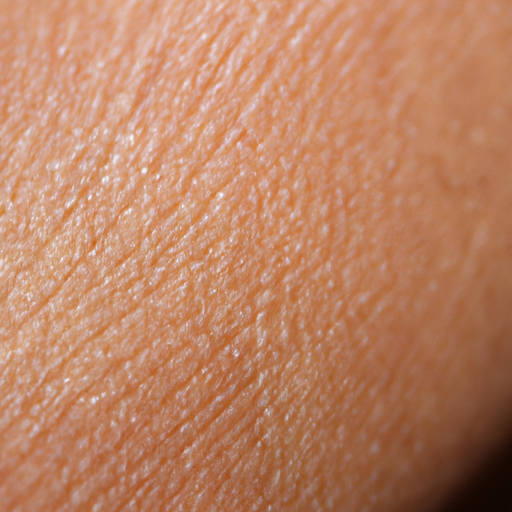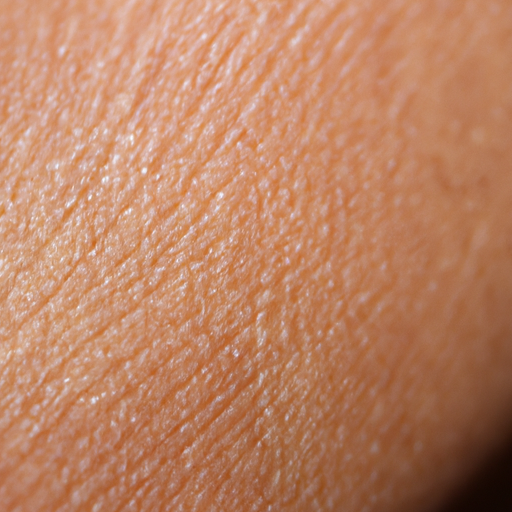As a dermatologist, I have encountered countless patients who suffer from dry skin. Dry skin, also known as xerosis cutis, is a common condition that can cause discomfort and affect one’s self-esteem. It can occur for various reasons, including environmental factors like cold or dry weather, aging, or underlying medical conditions. This article aims to provide a comprehensive guide to diagnosing and treating dry skin.
Diagnosis of Dry Skin
Diagnosing dry skin is typically straightforward. It involves a physical examination and a detailed discussion about the patient’s medical history, lifestyle, and skincare routine. The skin may appear rough, flaky, or scaly, and may have cracks or red patches. In some cases, the patient may experience itching, burning, or a feeling of tightness.
While these symptoms are usually enough to diagnose dry skin, in some cases, further tests may be needed to rule out other skin conditions that can cause similar symptoms such as eczema or psoriasis. These tests may include a skin biopsy or patch testing for allergies.
Treatment of Dry Skin
The treatment of dry skin primarily revolves around replenishing the lost moisture and protecting the skin from further dryness. Here are some of the most effective strategies:
1. Moisturizing: Moisturizers are essential in treating dry skin. They work by trapping water in the skin, preventing it from evaporating and leaving the skin dry. For best results, apply a moisturizer immediately after bathing while your skin is still damp. Look for products containing ingredients like hyaluronic acid, glycerin, lactic acid, or ceramides that are known for their hydrating properties.
2. Avoid harsh soaps: Soaps and detergents can strip away the skin’s natural oils, leading to dryness. Opt for gentle, fragrance-free cleansers instead.
3. Humidify: Using a humidifier can help maintain a healthy level of humidity in your environment, preventing your skin from drying out.
4. Stay hydrated: Drinking plenty of water can help keep your skin hydrated from the inside out.
5. Protect your skin: Wear gloves when doing dishes or cleaning around the house to protect your skin from harsh chemicals. Similarly, in cold weather, cover your skin to protect it from the drying effects of the cold and wind.
In severe cases or when dry skin is caused by an underlying medical condition, prescription creams or ointments may be necessary. These can include topical corticosteroids or retinoid creams.
In conclusion, while dry skin can be uncomfortable and frustrating, it is usually manageable with the right skincare routine and lifestyle changes. However, if your dry skin persists despite your best efforts, it’s important to seek professional help. As a dermatologist, I can provide personalized advice and treatment options based on your specific needs and circumstances.
Remember, every individual’s skin is unique, and what works for one person may not work for another. Therefore, it’s essential to listen to your skin and give it the care it needs. With patience and consistency, you can restore your skin’s natural moisture and enjoy healthy, comfortable skin.




